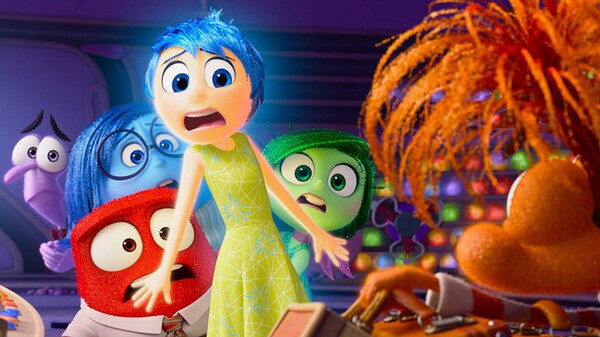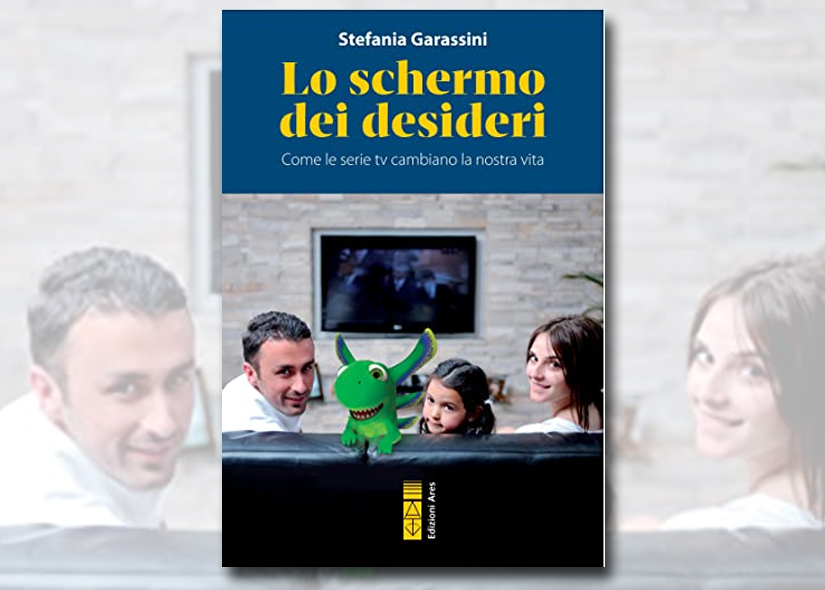Films with Family Values Produced in Recent Years
Reading a story can be an enriching personal experience in which one’s
sense of wonder is sparked, the mind is opened to question and understand
deep human realities in a new light and in a greater depth, and the heart
is moved to aspire to the great values transmitted through the plots,
subplots and characters.
Similar experiences can be had when watching a film, but in cinema, the
door is opened to having a shared experience with those next to you, such
as with your own family.
As in other types of narration, it is not only the moral of the story that
leaves an impression on a person, but the way the moral is developed. Most
films produced do aim at teaching some kind of a human value
generally coherent with Christian ethics.
In recent decades, many films contradict the moral lesson or blur the
message in the story-telling process, that is, in how the film illustrates
the story. We’ve identified eight Hollywood hits, plus a short film, that
succeed in transmitting family values through their storyline,
representation of characters and cinematography. These edifying and
enjoyable blockbusters are for the whole family to experience together.
The Hollywood Hits
Amazing Grace
(Michael Apted, 2007) A deep encounter with God drives William
Wilberforce’s intense fight for the abolition of British slave trade.
Besides the blatant message that every man has been created equal, many
additional morals are brought out in this movie, inspired by a true story.
The spiritual conversion relativizes the significance of worldly ambitions
for William, and his character demonstrates the value of self-sacrifice,
humility, and perseverance for a just cause, regardless of the cost.
Marriage is presented in a positive light: the love of William’s wife in
the young marriage rejuvenates his hope to continue fighting for the cause
he believes in. The wife is a bright and bold woman who greatly contributes
with her genius and support. The film challenges viewers to strive for
greatness, witnessed in the film those who sacrifice for peace and justice
for mankind.
Fireproof
(Alex Kendrick, 2008). A young fireman tries 40 ways to save his marriage,
for which he himself is partly culpable for pushing toward the breaking
point. As the story unravels, the way in which the husband and wife see
each other -and their own role as spouse- changes. As a result, their
marriage life is renewed. This funny tear-jerker portrays how the value of
marriage and the lifelong commitment to fidelity is worth fighting through
every struggle and making any sacrifice. In the end, the “fireproof”
quality of their marriage is proven and preserved. A common critique of
this film, however, is the overt “preachy tone” of the film that renders it
less inspiring for some viewers.
Horton Hears a Who
(Jimmy Hayward and Steve Martino, 2008). Based on the Dr. Seuss children’s
book, Horton the elephant fights to save a small community of people living
on a speck that no other animal in the jungle believes to exist. The
full-length animation made from this simple children’s story manages to
draw out philosophical themes, such as the idea of a transcendent truth and
the belief in the existence of realities beyond what our senses can access.
There are many small details that creatively portray a positive image of
family life, such as the Mayor of Whoville struggling to cultivate a good
relationship with his son, and spending time each day with all of his 96
daughters. And of course, you’ll hear that phrase coined by Dr. Seuss
summing up the pro-life nature of the storyline that promotes human
dignity: a person’s a person no matter how small.
Up
(Pete Docter and Bob Peterson, 2009). The elderly widower, Carl, embarks on
an adventure to fulfill his deceased wife’s lifelong dream of exploring
Paradise Falls, South America (which he carries out via a flying house
powered by a plethora of helium birthday balloons). This Disney-Pixar
success is filled with fun imaginary elements for children and hilarious
anecdotes for all to enjoy, but contained within the overarching frame of a
beautiful marriage and the value of family relationships. In the first 10
minutes of the film that tracks the entire marriage of the couple, a load
of ideals are illustrated: the beauty of a faithful marriage, the love that
drives spouses to seek the good and live the details of everyday life
extraordinarily, openness to life, sharing in sufferings, etc. Toward the
end of his wild expedition, Carl realizes that his adventure- seeking wife
had cherished the “ordinary” marriage itself as her greatest adventure in
life. The subplot, with Russell, the quirky 8 year-old castaway scout
looking to gain a badge, subtly expresses the painful consequences that
broken marriages create for the children involved.
The Chronicles of Narnia Series
(The Lion, the Witch, and the Wardrobe-2005,Prince Caspian-2008: Andrew Adamson; The Voyage of the Dawn Treader-2010: Michael Apted). The Chronicle
of Narnia movies are an excellent of expression of Christian values. The
movies portray with clarity the difference between good and evil and the
ongoing battle between the two. Aslan, a Christ figure, offers his life as
a sacrifice to save the life of one of the Pevensie children, and then
rises from the dead. The movie also uses “magic” as what we would
understand as God’s presence in the world, or “grace.” Even the
resurrection of the Christ figure is explained in light of an innocent
victim willing to lay down his life. In Narnia, goodness is greater than
evil. Hope is stronger than despair. There is also a clear perception of a
reward for goodness, a “Heaven.” It is called “Aslan’s country,” and,
symbolically enough, is found in the East.
The King’s Speech
(Tim Hooper, 2010) King George VI struggles to overcome his stammer, which
is heighted by his sudden rise to the throne in the dawn of wireless radio
communication. The admirable figure of the King transmits noble human
virtues: tenacity, embracing responsibility in all that it demands,
selfless sacrifice for the good of others- from his children to his nation.
These values are contrasted with the self-indulgence and irresponsibility
of his older brother. In this exquisite Oscar inspired by a true story, the
secondary roles also serve to portray exemplary figures: a wife who is a
supportive, loving, and loyal stronghold for her husband; and a comedic
unorthodox speech therapist who becomes a true, faithful friend to the
King, for whom he helps deliver his speech to the Englishmen that declares
war on Nazi Germany.
The Short Film
The Butterfly Circus
(Joshua Weigel and Nick Vujicic, 2010). A limbless man who forms part of a
sleazy circus sideshow encounters a new kind of circus where he discovers
his own worth. As the storyline stirs man’s reflective nature, the fantasy
expression awakens man’s sense of awe. People who have been broken by their
sin, or who, in the eyes of the world, are despised just for their natural
defects, are given a chance to understand their own dignity. The members of
this special circus testify that beauty can come from ashes. Their
lives are transformed into works of art, given to others to inspire them; a
cause for their joy and peace. Currently available only in English at www.thebutterflycircus.com
with Spanish and Italian versions accessible on YouTube, this 20-minute
film is currently being expanded into a feature film.














